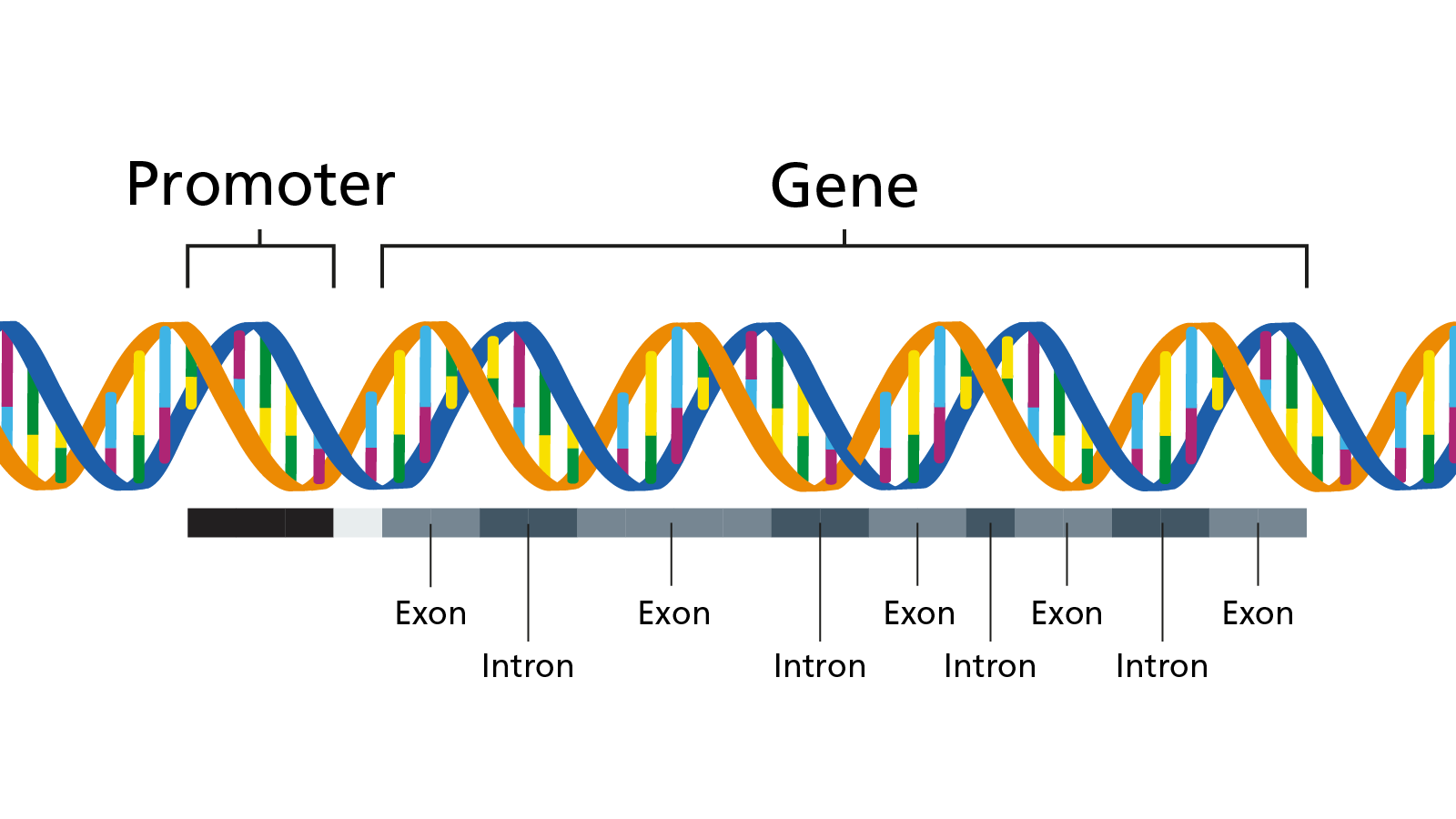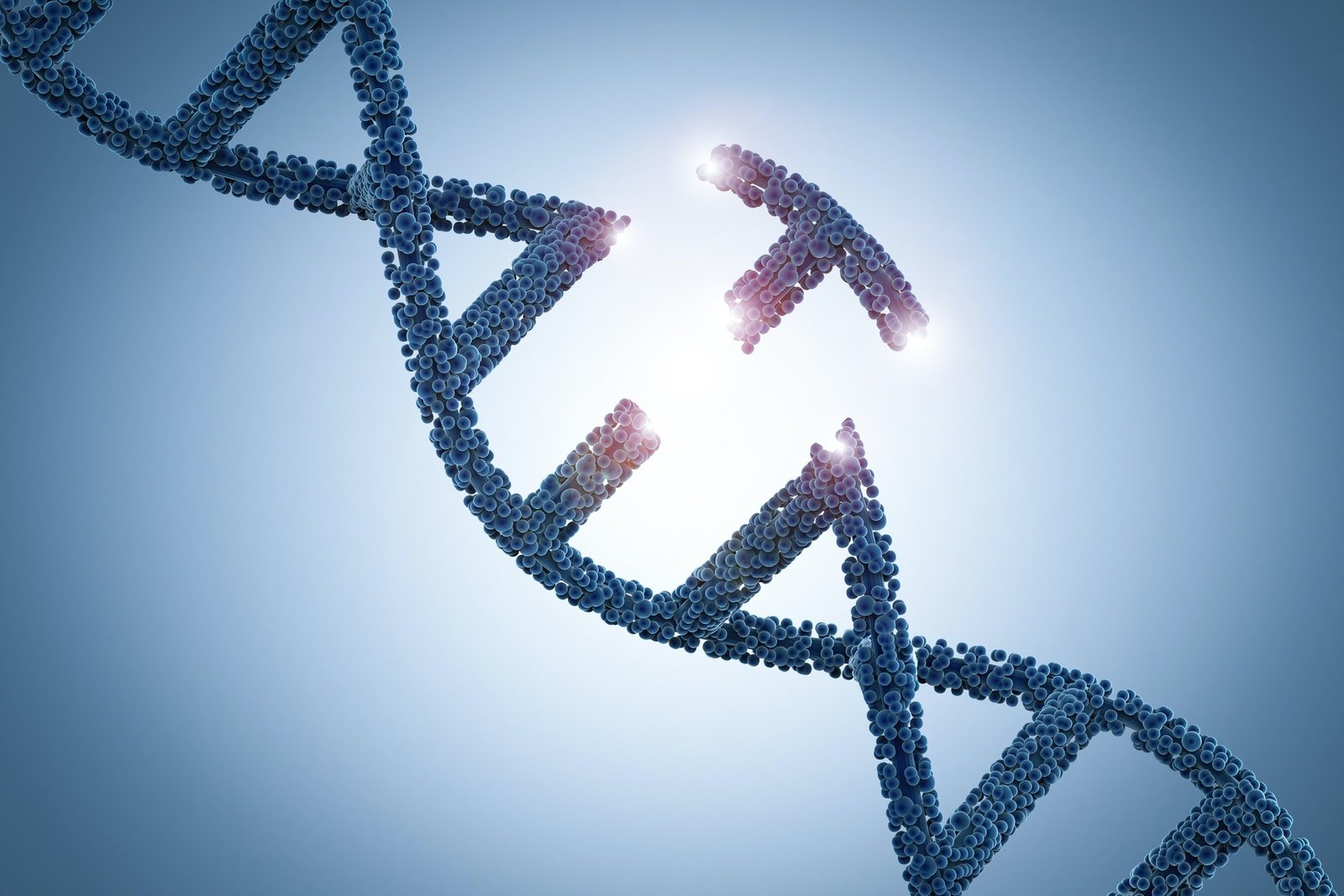Bacterial Genetics & Pathogenesis – Basic microbiology, parasitology, and immunology; nature, reproduction, growth, and transmission of common microorganisms and parasites in Bangladesh; prevention including universal precaution and immunization, control, sterilization, and disinfection; and specimen collections and examination. Students will have an understanding of common organisms and parasites caused human diseases and acquire knowledge about the prevention and control of those organisms.
Bacterial Genetics & Pathogenesis
Genetics means the scientific study of heredity. A Genetics may be defined as “The branch of biology that deals with heredity, especially the mechanisms of hereditary transmission and the variation of inherited characteristics among similar or related organisms.”
Definition of Gene
The functional and physical unit of heredity passed from parent to offspring through mitosis. Genes are pieces of DNA, and most genes contain the information for making a specific protein and thus cells.
Definition of Genotype:
A combination of alleles situated on corresponding chromosomes that determines a specific trait
Definition of Phenotype:
The observable physical or biochemical characteristics of an organism, as determined by both genetic makeup and environmental influences.
Definition of Genome:
The complete set of genes in the chromosomes of each cell of a particular organism.
Definition of Gene therapy:
Gene therapy means the treatment that seeks to alter a gene.
Definition of Mutation:
Mutation means a permanent transmissible change in a cell’s DNA that alters its characteristics.
Types of Mutation:
A. Chromosomal mutation: When there is edition or deletion of chromosome from a cell.
B. Genome mutation: When there is edition or deletion of a large portion of a chromosome.
C. Gene mutation: When there is change in a particular gene. It is of 2 types-
a) Frame-shift mutation: This type of mutation occurs when one nucleotide base added or deleted from a DNA molecule, resulting in total alteration of a frame of a gene.
b) Point mutation: When there is insertion of one nucleotide base instead of another. Here alteration of only one gene occurs and all other gene sequence of a DNA is normal. Again it is of 3 types –
➤ Missense mutations– In a missense mutation, the new base alters a codon resulting in a different amino acid being incorporated into the protein chain
➤ Nonsense mutations– In a nonsense mutation, the new base changes a codon that specified an amino acid into one of the stop codons.
➤ Silent mutations- Silent mutations are those that cause no change in the final protein product and can only be detected by sequencing the gene.
Causes of Mutation:
A. Spontaneous mutation: It occurs spontaneously during replication of DNA
B. Induced mutation by mutagens: These are environmental factors which increases the process of mutation. Mutagens are-
a) Physical Mutagens: e.g. ultraviolet rays, ionizing radiation etc.
b) Chemical Mutagens: e.g. anticancer drugs.
c) Viruses: e.g. rubella virus
Differences Between Human Nucleus & Bacterial Nucleotide:
| Traits | Human Nucleus | Bacterial Nucleotide |
| Nuclear membrane & Nucleoplasm | Present | Absent |
| Nucleoli | Present | Absent |
| Chromosome | Multiple | Single |
| Division | Mitosis | Binary fission |
Methods of Transfer of Genetic Information From One Bacterial Cell to Another:
1. Conjugation: Is mating of two bacterial cells during which DNA is transferred from the donor to the recipient cell.
2. Transduction: Transfer of cell DNA by means of a bacterial virus (Bacteriophage, phage). Here a virus multiply within a bacterial cell and when leave, it carries some bacterial genes. When the virus further attacks another bacterium, it incorporates the carried genes to new bacteria?
3. Transformation: Transfer of DNA itself from one cell to another,
4. Transposition: Some genes (transposons) jump from chromosome to plasmid, or to a bacteriophage through which to another bacterial cell,
5. Plasmid transfer.
Virulence Factors For Bacterial Pathogenicity:
Adherence factors:
- Pili: in case of Neisseria gonorrhoeae
- Capsule
- Glycocalyx
- Invasion of host cells and tissues:
- Enzyme: e.g. hyaluronidase of Streptococcus pyogenes.
- By breaking mucous membrane – N. gonorrhoeae.
- Through intact mucous membrane – Shigella
Antiphagocytic factors:
- Capsule
- Pili
- Protein A
- Coagulase enzyme
Enzymes:
- Tissue degrading enzymes: Hyaluronidase, Lecithinase etc.
- IgA protease: Produced by S. pneumoniae, N. meningitidis, H. influenzae etc.
Toxins:
- Exotoxins: Enterotoxin, tetanospasmin, botulinum toxin, pyogenic toxin etc.
- Endotoxins: It is the constituent of cell wall of Gram-negative bacteria and responsible for fever, shock, leukopenia, hypoglycemia, hypotension, DIC etc.
Others:
- M-protein of Streptococcus pyogenes: interfere with ingestion by phagocytes
Mechanism of production of disease by micro-organisms (or bacteria):
- Toxin production: Toxins fall into two general categories – exotoxins and endotoxins.
- Invasion and inflammation: By different enzymes, anti-phagocytic factors, intracellular izolova survival
- Immunopathogenesis: The organism itself does not cause the symptoms of disease but the nos immune response to the presence of the organism. Such as rheumatic fever and acute glomerulonephritis in Sir. Pyogenes infection.

Stages of Bacterial Pathogenesis:
A generalized sequence of the stages of infection is as follows –
- Transmission from an external source into the portal of entry.
- Evasion of primary host defenses such as skin or stomach acid.
- Adherence to mucous membranes, usually by bacterial pili.
- Colonization by growth of the bacteria at the site of adherence,
- Disease symptoms caused by toxin production or invasion accompanied by inflammation.
- Host responses, both nonspecific and specific (immunity), during step 3, 4 & 5.
- Progression or resolution of the disease.
Read More….



